The
Sarmarian Republic, also known as
Sarmaria, is a republic in Mriyar, on Sarmatan continent. Formed from the unity between the Grand Duchy of Sarkief and other Sarmatan territories, it is ruled by a Knyaz, alongside a Council.
 Contents
Contents
Notable Locations
Ruten - the Capitol City of Sarmarian Republic and base of operation of Sarmarian Council and Knyaz. Ruten is considered to be a legendary city, build back in the years of Vicebarevn War by enslaved human tribes of Saarma, as a supposed future capital for Dracor Empire. Ruten is a masterpiece of acrhitecture work, even by modern standarts, with their citadel made out of white stone, that almost reaches the skies with its height.
Ostrava - main citadel of Polan region. It is a wealthy and well-guarded city, one of the largest in the Republic, being the main place of trade on the South, as well as second centre of education in Sarmaria, having a large number of schools and universities. Here are located the headquaters of the Nightingales as well as a temple and one of the most magnificent statues of the Lightbearer - the goddess is considered to be the divine protector of the city and a muse to many artists that pass through Ostrava. The small Raven Wind temple, dedicated to Marzana, is also located here, as a tribute to the goddess that was born from Lada's wings.
Port Liepaja - main citadel of Litheya region and an important port city, that connects many trading paths between Dangean Kingdom, Gleaming Archipelago, and Eilifetrar settlements, such as Snjodal and Blattsnjofloth. It's city that unites many aspects of elven and Sarmarian culture inside its walls, and is one of the most populated by half-elves in whole Republic.
Baturma - main citadel of Getamia region as well as strong military ground, that is famous for its skilled and feared by many military units. It is the main base of operation of most Sarmarian millitary campaigns. Baturma citizens are extremely devoted to the church of Dazhbog and almost to the same extent to Perun, and mostly live a quite ascetic way of life - you won't find grand artistic and pompous buildings here, but more of simple yet practical housing and infrastructure.
Port Chyhyr - one of the main ports of Sarmarian Republic and a home to Sarmarian navy.
Trykraty - a large merchant and business city, a neutral territory for different groups of society and country representatives. Headquarters of the Golden Horse Guild are also located in here.
Kryvi Duby - a relatively big hunting town, that is famous for hosting the yearly Horned Hunt in the Horned Wolf Woods.
Swidnica - a large town of metallurgs and inventors, as well as a trading territory for merchants and craftsmen from Hartstein and Dangean Kingdoms. Headquarters of Gear & Feather Co. are located here, alongside their factory of aircraft manufacturing.
Babryn - a large mining town, mostly populated by humans and dwarfs, and in small amount - elves. Quite a popular destination for vacation, for its close proximity to Snovidec lakes and beautiful forest landscapes, rumored to be blessed by Mokosh herself.
Kamienna Gora - an archaeological site of Ostan Barid and mining town, mostly populated by dwarfs.
Layers and markers of the map can be found in the top right corner of the map presentation.
By clicking on the markers you can get extra information or map of the place.
Sarmarian voivodeships are as follows:
Sarkief (borders marked with yellow colour)
Polan (borders marked with red colour)
Litheya (borders marked with blue colour)
Getamia (borders marked with green colour)
People and Society
As Sarmaria is made out of different territories, that shared the same hardships under Magior Empire and later were caught up in wars with one another, it can't be discribed only in one way. The 4 main countries that joined the Republic, and now are its 4 main voivodeship, are Grand Duchy of Sarkief in Central and East Sarmaria (now Slavia region), Polania Kingdom in West and South-West Sarmaria (now Polan region), Steppe Hetmanate in South and South-East Sarmaria (now Getamia region), and Litheya Principality in North-West Sarmaria (now Litheya region).
Sarkiefians are known to be hardworking, entrepreneurial and generous people, but also reserved and often cold. They value unity and social bonds and try to keep to themselves, not having interest in outside affairs. As Slavia territories were home to many tribes that fought together against Draconian oppresion (not to mantion that legendary city Avarin is also part of Slavia), many Slavians believe to be decendands of those people. Some of the noble Slavia families take a lot of pride in their connections to any people involved in the Draconian uprising, and modern Slavia has a strong knightly traditions and even knight Order under the management of the Sunseeker Church. As Ostroh is the center of Sarmarian education and science, Slavia region is home to many talented and gifted people from different fields. Strong presence of bourgeoisie led to strong and systematic development of trade and enterprises, mainly in Trykraty and south part of the region. Many halflings and dwarves found their homes on Slavia territories alongside humans and tieflings.
Polans are sharp-witted, debonair and proud, but sometimes it crosses the line into arrogance. Polan has the biggest number of noble families, that not only survived the Magior reign, but managed to obtain some territories and privileges, which, after the collapse of the empire, led to many territorial conflicts with their neighbors, especially cossacks of Getamia. Polan has the most visible division between social classes among all Sarmarian regions, as the upper class consists of influential and rich noble families and wealthy bourgeois, while the lower class, consisting of city workers and farmers, most often is recognized by low income, poor lifestyle and low level of education, even though Ostrawa is the second centre of education and knowledge in Sarmaria. Polans are quite intolerant of many non-human races, but especially tieflings - the animosity to them stemps from the beginning of Era, as Polan region suffered the most in time of War of Burning Skies, to this day suffering from its aftermath in the form of many devil attacks, fiends and hellish mutations of different creatures that roam the lands. The best breweries, jewelry workshops and exotic goods can be found in Polan region.
Getamians are famous for their martial skills and strong will. For a very long time they lived under almost constant martial law, battling with Polans for territories, or defending their own land from Rosidor onslaught, which led to many citizens adopting hard discipline in their day-to-day life. They are known to be persistent and honest, someone you can rely on, but sometimes stubborn and hard to trust. Many of their traditions and social foundations haven't changed for centuries, making them quite old-fashioned in the eyes of other Sarmarian citizens. Getamians are one of the most pious people in Sarmaria, mostly dedicating themselves to
the Sunseeker, though quite a number of older folk also worship
the Storm King, as part of their old religious beliefs.
Litheyans are calm and sometimes can appear cold-blooded, but they can show truly violent emotions. The main qualities that are typical for all Litheyans are sociability and love for fun. People of all ages enjoy singing and dancing, they have high curiosity and open-mindedness to foreign cultures and stories. They are famous as great fans of arguing and proving their opinion. Also, Litheyans highly value family, so it is not uncommon to see a large family gatherings, that consist of dozens relatives from all over the region. The people on this lands highly value their traditions, history and legends, so it is of no surprise that Litheyan region saved a lot of ancient traditions and cultural aspects in their society, in large scale thanks to the presence of
the Shapeshifter's church in Svajones. With large alatrian deposints and dense woodland, Litheya is never short of work, which brings a lot of external forces from other Sarmarian regions or even other countries to its territories. With quite heavy impact of elven culture, Litheya has the largest number of elves and half-elves among its people.
Races
Human - 60%
Bezomen - 10%
Dwarfs - 7%
Elves - 7%
Half-elves - 7%
Wolfars - 5%
Bogokovc - 3%
Other races - less than 1%
Languages Spoken - Common, Sarmarian, Elven.
Autonomy
Bilozertse - independent town near Dreamwalker lakes, populated by humans and elves. Served as a diplomatic ground in times of negotiations between Silfurskogur Kingdom and Sarmarian Republic. Now it is a popular town thanks to its rehabilitation facilities, healing waters and sacred ground of the Dreamweaver .
Ostroh - large city, famous for it's largest in Sarmaria Institute of Culture and Knowledge, as well as big number of libraries, universities and research facilities. In the years of negotiations between kingdoms to establish the Republic, it was a neutral territory for representatives from the Kingdoms, and thanks to that the city managed to negotiate for partial autonomy when the Republic was established. Ostoh has its own city council, a number of laws and small army, though they still pay taxes to the Republic and receive a number of sponsorship money for their universities and researches on alatria and magic.
Berezhany - a completely independent port city on the south-west of the Republic. Berezhany is considered the pearl of western waters, a main resourt for many noble families and wealthy travelers, as well as main point of interest for many traders on western sea routes. Thanks to the many alatrian stones located on the shores, the waters around Berezhany have a clear azure colour, giving off a small glow to the water in the night. Here are located the headquarters of the Luminous Society, as well as the Alatrian Research Facility and Academy (or A.R.F.A).
Government

- Government type - Representative Democracy (semi-presidential republic in modern terms).
Head of the State (Knyaz or Knyaginya) - the highest executive power. Elected by the Zemsky Council for life. (can be removed due to a vote of no confidence by the Zemska Rada and the Supreme Court). In the period between sessions of the Zemska Rada, Knyaz performs its powers. Knyaz' powers of authority are significantly limited by the articles of the Sarmarian Constitution. According to these articles, Knyaz doesn't have the right to dispose of the state treasures and lands and to carry out their own personnel policy. They are also prohibited from creating any administration of their own, apply punishment to the guilty. To meet the material needs of the Knyaz, they are allocated certain rank estates with clearly defined profits, but only for the duration of their tenure. The powers of the Knyaz include the duties of the Supreme Commander-in-Chief of Sarmaria, They also carry out leadership in the spheres of national security and defense of the state. Knyaz submits Ministerial nominations for consideration to the Zemska Rada (the highest legislative authority), and also they have to approve or reject state positions. Knyaz retains the right of veto on the first edition of any bill, however, the new draft of the bill in the second edition passes without a question. Knyaz manages the foreign policy activities of Sarmaria, acts on its behalf, represents Sarmaria in international relations, conducts negotiations and international agreements on behalf of the state.
The Ministry Council (or Sarmarian Council) is the 2nd executive power, after Knyaz. Ministers are elected by the Zemska Rada for a term of 4 years. The Sarmarian Council consists of 7 Ministers, each of whom is elected by vote at the Zemska Rada from the candidates submitted by the Knyaz. Ministers of Defense, Law, Finance, Development and Information
are chosen from various candidates in the relevant field of activity, while the Minister of Arcana is chosen from the representatives of the highest circle of magical colleges. According to the laws of Sarmaria, there cannot be more than 2 Minister representatives from one region of Sarmaria. In the period between sessions of the Zemska Rada, Sarmarian Council, on a par with the Knyaz,
performs its powers, and can also prepare draft bills for consideration on the next sessional meetings of the Zemska Rada. The main functions of the Ministers is to implement passed laws, monitor the effective performance of the duties of all lower levels of government, and also help the Knyaz in all matters.
The highest legislative power belongs to the Zemska Rada (essentially the Parliament), and consists of Zemska dignitaries. In total, it includes 200 dignitaries - 50 representatives from each region of Sarmaria. Citizens over the age of 27 (or the equivalent age according to race) could become Zemski dignitaries. They are elected at the General Assembly in the largest cities of the regions, for the term of 1 year. Citizens of the middle and upper class, as well as the clergy, have the right to vote at the General Assembly (the clergy quota of Zemska dignitaries for each region is 5%). Most often, the nobles, influential magnates and burghers, general officer staff become the dignitaries. The Zemska Rada is supposed to work in session, four times a year. At its meetings, the Zemska Rada considers the issues on state security, common good, foreign policy, finances and state property, supervision of religious cults, approves laws and election results, listens to the reports of the Knyaz and the Ministry Council, the motion of no confidence and, at the proposal of the Prince, elects new Ministers.
- Crime and Punishment
Swiftsong - most influential criminal organization in Sarmaria. They are known for illegal trafficking, contraband, casinos, slave-trade and drug deals - and many other things. Name any illegal activity, and the Swiftsong probably dealt in it. They control the Black Market of Sarmaria and are one of the main dangers to caravans on the Sarmarian roads. The "swiftsong" name came from the whistling sounds the members use in their communication, when they are raiding any sort of establishment or caravan. Location of headquarters are rumoured to be in Trykraty.
Order of the Rising Sun - official guard and investigation units of the Republic, their headquarters are located in Avarin. Members of the order are called Sun Guard. Their main objectives are prevention of the crime activity in the Republic, investigation of unlawful cases and defence of the Sarmarian cities.
The Old Guard - a group of retired soldiers and adventurers, that protect small villages from evil threats. Even though all of them look like old man and woman, they did not forget their ways and training, not even a bit.
- Allies and Adversaries
- Military
Steel Falcons - elite military unit of the Sarmarian army, originated from Getamia region. There are many legends and rumors circulating about these warriors. Some of them say that they have the ability to stop blood, supress any pain, catch bullets with their bare hands, walk on water and fire, spend hours underwater, become invisible, hypnotize, appear in several places at once and cause panic in enemies, causing them to flee the battlefield in panic. The training takes place in Baturma.
Order of the White Dove - unit of military chaplains of the Lightbearer, at the Sarmarian army. Despite the fact that they are trained in self-defense and combat skills, they do not take part in direct battles, acting more as healers.
Amethyst Web - intelligence and espionage organization under the Sarmarian Council, specifically the Coucellor of Information. Agents of this organization quite often take part in sabotage operations in places of conflict. Most of the members are drow from the House of Rillinghym in Avarin, though there are some thieflings, humans and haflings.
Industry & Trade
- Trade, Guilds and Market
Golden Horse Guild - a large organization, that consists of merchants, sellers and bourgeoisie from different parts of Sarmaria. Headquarters are located in Trykraty. The Guild is responsible for setting up country-wide market prices, as well as for establishing new trade connections for import of new goods and services, investing into prosperous fields of science. Higher members of the Guild closely work with the Commerce and Development Counsellors.
Gear & Feather - a transportation and trading guild, that consists of accomplished craftsmen of Sarmaria and Hartstein. The guild mostly manages different transportation routes and provides transportation for them. Their headquarters and factory are located in Swidnica.
- Research and Arcane
Any arcane activity and research is under strict supervision of the Sarmarian Council and is regulated by a number of laws, to prevent any misuse of magic against Sarmarian citizens and to not cause Abyssal outbreaks - a tears in reality, caused by large bursts of arcane energy (from spells and such), that allow a passage for abyssal creatures into Material World. Nevertheless, compared to anti-magic sentiments of Dangean Kingdom and completely militarized arcane practive of Rosidor Empire, Sarmarian mages have a lot more leniency and freedom in regards to their projects and personal life.
Any young child that showed signs of mage talent needs to be reported to authorities and relocated to nearest Arcane College, where they learn about the dangers of magic use and how to control it. If the family, relatives, or someone else tries to hide the fact of magic potency of someone, they are subjected to harsh punishment by the law. The children in Colleges stay there for years, until they have graduated (the learning period takes 15 years). They are not allowed to leave the College territory, unless they are accompanied by one of the staff members, and visiting by anyone outside of College (be it family or friends) is extremely limited, to lower the chance of any uncontrolled magic caused by emotional responces. The students are allowed to write letters, which many of them use a lot. However, more often than not the students are left with no-one outside of College, who would wait for them - due to large stigma and prejudice towards Arcana among the people, many families outright disown their children, when they are taken to College, trying to clean their reputation and forget about this alltogether. Because of this, the only accepting place for many mages even after graduation remains the College, which leads to most of the students prefering to stay there, rather than try their luck with often hostile people from countryside, or suspicious residents of bigger towns.
After the mage graduates the College, or if the mage has immigrated to Sarmaria, they are given an Alatrian Mark by the authorities - a rune, that is placed on mage's skin (most often neck or palm) made from alatrian mixture. The rune is unique and allows to track the mage down, if there is a need for them. It's incredibly hard to get rid of the mark, without the uses of special instruments and experts.
The Sarmarian laws have a number of prohibitions, that every mage needs to follow - or they will be put on trial. The laws are as follows:
- Mages are forbidden from:
- unauthorized use of magic in residential areas.
- unauthorized use of magic for industrial and business purposes.
- using magic to harm other citizens of the Republic. Exceptions to this are cases of self-defense and are reviewed individually.
- conducting unauthorized experiments and research.
- taking up government and executive positions in cities and towns; exceptions are individual positions allocated by the Council of Ministers (ex. Minister of Arcana).
- the right to participate in general election meetings and community meetings.
- removing the Alatrian Mark or attempting to nullify it. Any mage without Alatrian Mark must report to authorities and get one.
Due to all of this, there are a lot of families, who do try to surpress the magic in their children or who learns to hide it. Not every town and village has a negative attitude towards magic, but it's better to be safe than sorry.
Most of the research activities of the Republic happen in Ostoh and Avarin. The main organization that is allowed to conduct different arcane and scientific studies under supervision of the Council is the Luminous Society - a research society of arcane practitioners, scholars and scientists. Their headquarters are located in Berezhany. The study and development of new technologies based on alatria mostly take place in A.R.F.A. in Berezhany and Sarmaria Institute of Culture and Knowledge in Ostroh.
The Yugen Library often makes collaborations with researchers from Sarmaria, to get their hands on new hystorical records, arcane findings and artfacts.
- Farming & mining
Most of the farming fields are located on the eastern territories of the Republic, in Polan and Getamia regions. Ostrava and Braha are one of the largest poins of farming activity. Braha is also known for its many breweries.
Sarmaria is considered the richest country in regards to alatrian deposits. Most of the mining activities are concentrated in Bilgoraj (alatrian mines, noble metals), Horni Sucha (alatrian mines, noble metals), Babryn (iron mines), Dazhi topky (alatrian mines, iron mines, noble metals), Lebedyn (iron mines) and Kamienna Gora (noble metals).
Customs
Religion - main religion revolves around the churches of the Lightbringer, the Celestial Blacksmith and the Sunseeker, though many Sarmarian citizens use the general name "Creators" in their prayers, as well as in the name of the Sarmarian religion ("the Creators Church"). Churches of other gods from Creators' Pantheon are allowed on the Sarmarian territories.
Temples
Temple of the Rising Sun - temple dedicated to Dazhbog, located in Avarin. This is the main headquarters of the Order of the Rising Sun.
Temple of the White Petal - temple dedicated to Lada, located in Avarin.
Temple of the Stone Forge - temple dedicated to Svarog, located in Avarin.
Temple of the Forest Huntress - temple dedicated to Dzevana, located in Kryvi Dubi.
Temple of the Luminescent Stone - ruins of a temple complex dedicated to Lada, located in ruins of Lutsen.
Temple of the White Lady - temple dedicated to Lada, located in Ostrava.
Temple of the Sun Seekers - temple dedicated to Dazhbog, located in Baturma.
Temple of the Storm Chasers - temple dedicated to Perun, located in Baturma.
Temple of Evening Stories - temple dedicated to Veles, located in Somnopol.
Temple of the Raven Wind - a small temple dedicated to Marzana, located in Ostrava.
Temple of the Moon Dreams - a temple dedicated to Mokosh, located in Bilozertse.
Guilds and Factions
Fog Walkers - the largest mercenary guild in Sarmaria, that takes on different types of works - hunting down dangerous monsters, providing all sort of guarding services for merchant caravans and rich nobles, or trying to screw with them (all depending on who's paying more)."The bigger is the prey, the better is the hunt" is the motto of the Walkers. The Fog Walkers have gotten their name for the fact, that in the battle they use fog as a natural cover for their stealthy and unexpected attacks. Headquarters are located in Buchach Fort.
Kharakternyk Order are an international and legendary organization of skilled warriors and monster hunters who for centuries hunted down many dangerous monsters and mutated beasts, as well as influencing the course of history by the orders of their Wishchuns (or Diviners). Before the Rupture, they were known as "heralds of Creators", their main force of action on Mriyar, as the knowledge of creating Witchers was granted specifically by
the Shapeshifter and
the Storm King, while the specifically trained magic users, Wishchuns, were created by
the Dreamweaver. After the Rupture, they were almost completely ostracized from society, blamed for the events of the War of the Burning Skies, and for a very long time hunted down, just as the monsters the Witchers were tasked to kill. As the centuries gone by though, and the number of monsters grew on the lands, people started to once again hiring services of the Witchers, though the blatant hostility towards them remained. Depending on the Keep, Witchers belong to 3 different Schools - Wolves (Sire Manec Keep), Vixen (Lysar Nor Keep) and Bears (Gavra Keep) - and have a different set of special skills. In Sarmaria, their headquarters are located in independent
Sire Manec Keep.
Nightingale - a guild, that specializes on the craft of songs and culture, Nightingale welcomes many bards, artists and storytellers in their ranks, making in the largest guild of art on the whole Sarmatan continent. They are known in every single part of Sarmatan, many royal courts and noble houses gladly pay for their services, to hear the newest stories and songs from the Nightingales. Many graduates of Ostroh Academy make it their goal to join Nightingales, for its prestige and wide-spread fame, though not everyone succedes. In Sarmaria, their headquaters are located in Ostrava.
Stjornflar - a group, or rather a wandering caravan, of elves, that follow the Way of Stars - a series of relatively new
Star Prince's teachings, which claim that only through wandering and searching all over the world can elves find their native land, Undirstjarna, that they abandoned after the Lunar Discord. The caravan never stays for long in one place, always searching for hints of location of their destination, be it by getting access to libraries, or searching old ruins. The caravan was made out of group of refugees, that escaped Alfagras Woods, when the lands were put under terrible influence of chaotic energies and magic by magisters of Magior Empire, around the beginning of 6th century. Stjornflar broke any contact with their remaining bretheren in Heimalsjournualf, that decided to stay back, abiding by old traditions, and try to live in the cursed lands, hoping to find a way to cleanse it, even if the task proves to be rather hopeless; Stjornflar stays away from the high elves of Rosidor Empire as well, as either group doesn't keep any warm feelings towards each other, ever since the times of Magior Empire. Even though the elder members of the caravan are set on finding "the promised land", many of the younger elves, or those who joined the caravan later, over the centuries got used to the wandering lifestyle and now do it as a way of honouring
Zorren and his teachings, as well as finding joy in constant travelling over the ever changing lands of Saarma and Artan continents. Over the years, the caravan lost many of their members, be it because of illnessess, conflicts with other races or dangers of roads. The fact that the elven race started suffering from unexplainable affliction or mutation around 7th century, that drastically lowered the birthrate of pure-blooded elves, made any losses in the caravan that more painful - but it also made a rare birth of pure-blooded elven child a cause for celebration.
The Sistershood of Stone - a guild that was established after the сonclusion of strategic alliance between Sarmarian Republic and Hartstein Kingdom. At the beginning it was a relatively big commune of dwarf women, that fought for the visibility and anti-descrimination social and labour laws against female dwarfs (which at the time were joked to be non-existent among dwarfs). But as years went on, they opened their doors to women of all races, fighting for their representation and better quality of life. They fight against slavers and human trafficing, as well as some cases where old traditions encroach on rights of women, so there are can always be found some work for caring adventurers. Their headquaters can be found in Swidnica and Ostroh.
The Ninth Circle - an ancient group of demon worshippers, whose history dates back to the War of the Burning Skies. They are rumoured to be responsible for the near desacration of the
Lightbringer's church, as well as disasterous events that led to formation of
Burning Canyon. Throughout centuries they try to bring Abyss's second invasion closer, manipulating the world politics, social dynamics and conflicts.
Nightfangs - a group of traveling werewolfs - people, who were affected by the cursed
wolfarens. Some consider them honourable vigilantes, who hunt down cursed wolfaren and mad werewolfs, others - dangerous beasts, who raid caravans and wanderers on their territory for their own gain and hunt down innocent, not cursed wolfaren. They hunt in packs, hiding in the Veles forest, Horned Wolf Woods and Alfagras Woods.
The Laughing Circus - a mythic wandering circus of performers and clowns, that are in fact a dangerous cultish group of fiends and demons, that spread madness and chaos through their shows. Throughout the centuries their appeared in every cornerof Sarmarian Republic, leaving destruction and madness in their wake, and then dissapearing for years.
History
Elemental Cataclysm
Work_In_Progress
War of the Burning Skies
Work_In_Progress
Founding of Avarin
Work_In_Progress
End of Vicebarevn War
Work_In_Progress
The Rupture
Work_In_Progress
Soulplague
Work_In_Progress
Odnekrov Wars
Work_In_Progress
Hunt for Dragons
Work_In_Progress
Creation of Arcane city-states
Work_In_Progress
Collapse of Magior Empire
Work_In_Progress
White Crusade
Work_In_Progress
Foundation of Sarmarian Republic
Work_In_Progress
Trivia
Regions of Sarmarian Republic were based off of Polish, Lithuanian, Ukrainian cultures.
Links
 Contents
Contents
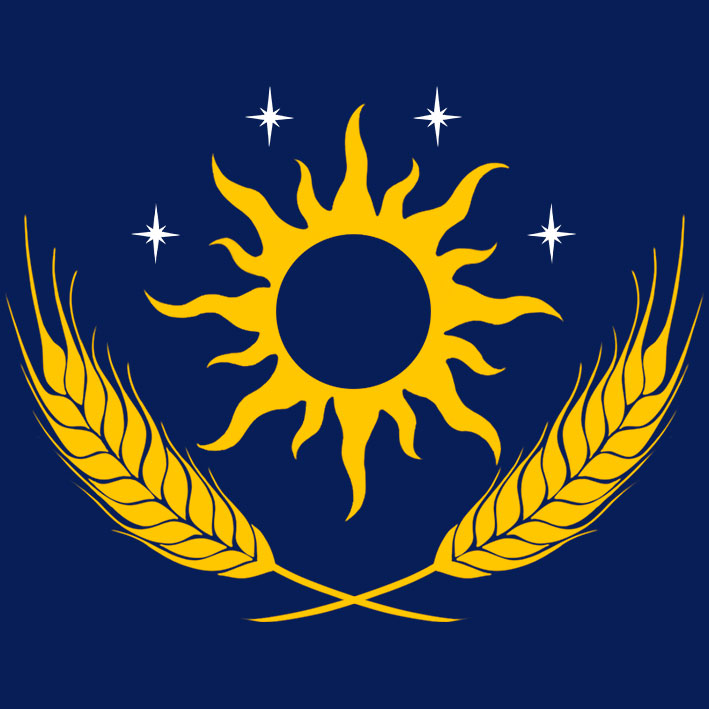
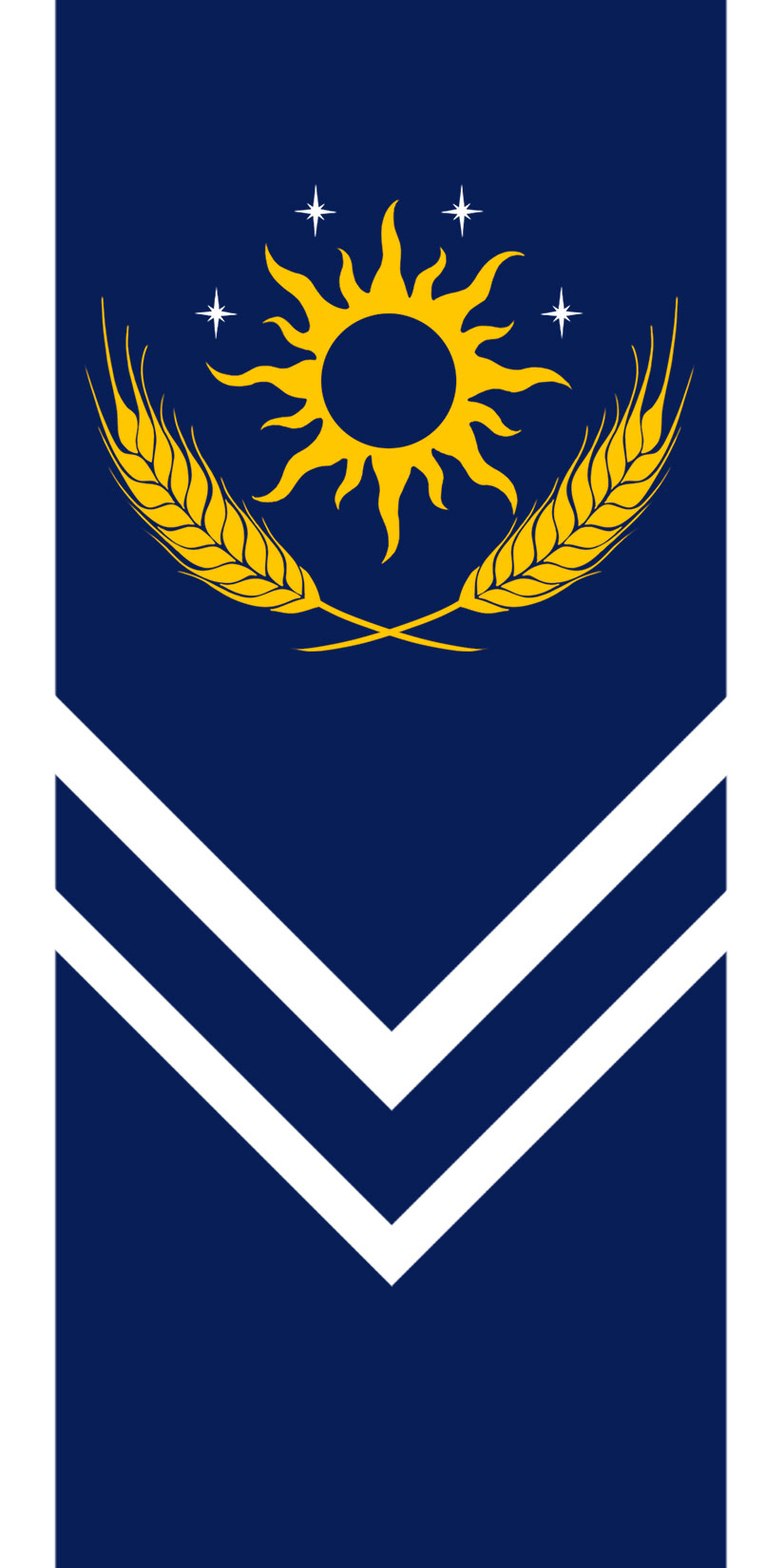






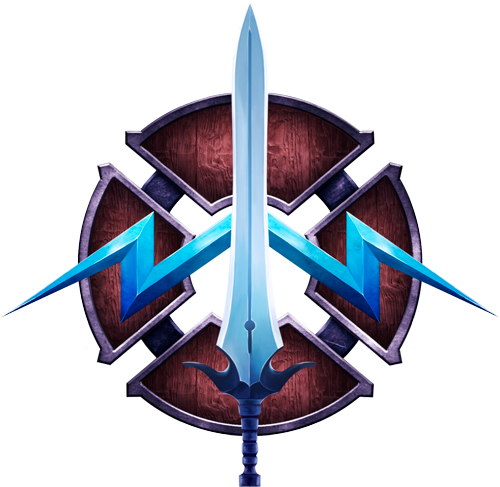
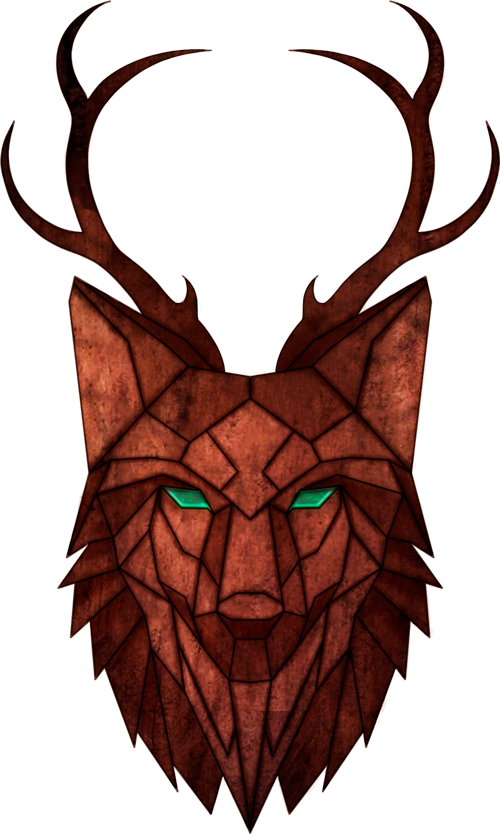
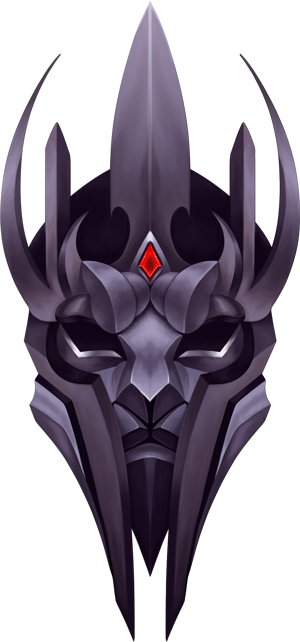

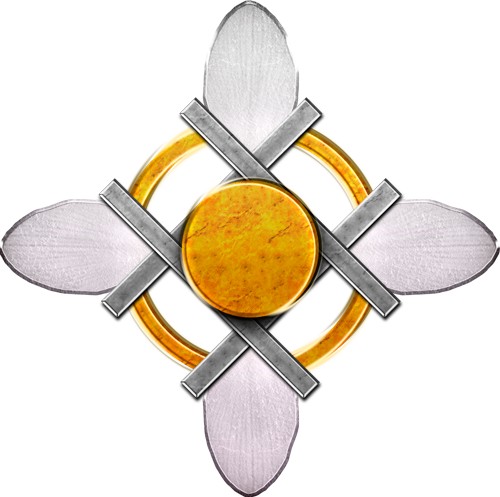

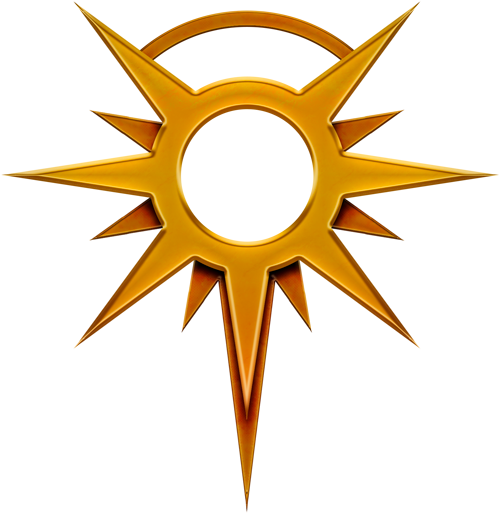


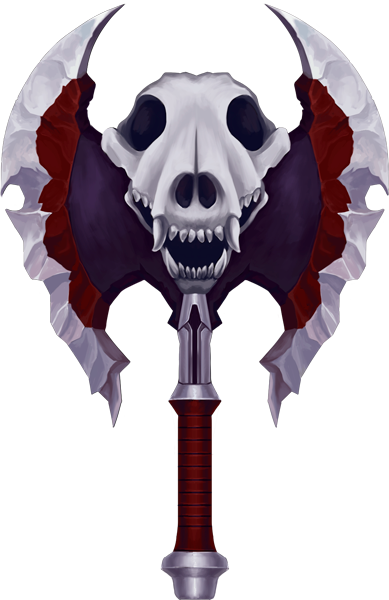
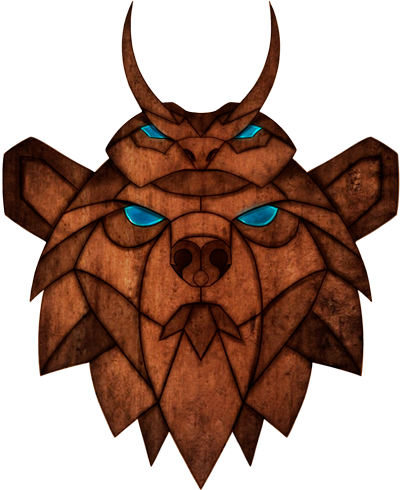
Comments